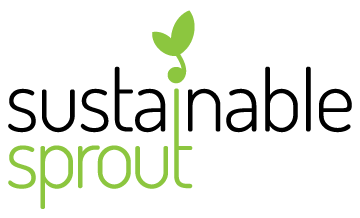Bee Balm
Bee Balm (Wild Bergemot)
Bee balm, also known as monarda, bergamot, horsemint or Oswego tea. This type produces curious flowers that vary in shades from pink to lavender. Bee balm tea is known for its medicinal properties!
Sowing Seed Outdoors:
- Sow monarda outdoors in a sunny location after danger of frost.
- Sow evenly and thinly. Cover with ¼ inch of fine soil.
- Keep evenly moist.
- Seedlings will emerge in 22-30 days.
- Thin to 18 inches apart when seedlings are 2 inches tall.
Planting Potted Plants in the Garden:
- Select a location in full sun to light shade with organic soil with excellent drainage. Monardas prefer drier soils.
- Prepare the bed by turning the soil under to a depth of 6-12, inches removing any debris, and lightly raking as level as possible.
- The addition of organic matter (leaf mold, compost, well-rotted manure) benefits all gardens and is essential in recently constructed neighborhoods.
- Plant on a cloudy day or in late afternoon to reduce transplant shock.
- Dig a hole for each plant large enough to amply accommodate the root ball.
- Unpot the plant and gently loosen the root ball with your hands to encourage good root growth.
- Place the top of the root ball even with the level of the surrounding soil. Fill with soil to the top of the root ball. Press soil down firmly with your hand.
- Use the plant tag as a location marker.
- Thoroughly water and apply a light mulch layer on top of the soil (1-2 inches) to conserve water and reduce weeds.
- Keep weeds under control during the growing season. Weeds compete with plants for water, space and nutrients, so control them by either cultivating often or use a mulch to prevent their germination.
- Mulches also help retain soil moisture and maintain even soil temperatures. For perennials, an organic mulch of aged bark or shredded leaves lends a natural look to the bed and will improve the soil as it breaks down in time. Always keep mulches off a plant’s stems to prevent possible rot.
- Careful watering is essential in getting perennials off to a good start. Water thoroughly at least once a week to help new roots grow down deeply. Once established monarda prefers drier soils.
- Good air movement is also important as monarda is susceptible to powdery mildew.
- After new growth appears, a light fertilizer may be applied. Keep granular fertilizers away from the plant crown and foliage to avoid burn injury. Use low rates of a slow release fertilizer, as higher rates may encourage root rots.
- “Deadhead”, remove spent flower heads to encourage continuous flowering and prevent seed development.
- Remove and discard foliage after a hard frost in fall.
- In colder regions, apply another layer of mulch (1-2 inches) after the ground freezes in fall. Evergreen boughs (from Christmas trees) provide additional protection. Remove this mulch in the spring.
- Divide when plants become overcrowded, bloom size begins to diminish or plants lose their vigor, every 3-5 years. Divide monarda in spring when plants are dormant. Monarda has a spreading root system. Spreading root systems have many slender matted roots that originate from many locations with no distinct pattern. These can crowd out their own centers. They can usually can be pulled apart by hand, or cut apart with shears or knife. Replant one division where the plant was originally and plant the extra divisions elsewhere in your garden or give them away to gardening friends. Plant the divisions immediately, or as soon as possible, and water well. Pull out wandering plants that show up where you do not want them.
- Many gardeners do not cut back perennial flower seed heads in the fall, but wait until early spring before the new foliage appears. This provides food for wildlife over the winter.
- Monarda is a fabulous pollinator plant attracting bees and butterflies and hummingbirds to the garden. The flowers are good for cutting for fresh arrangements.
- The foliage of monarda may also be used to make a delicious tea.

